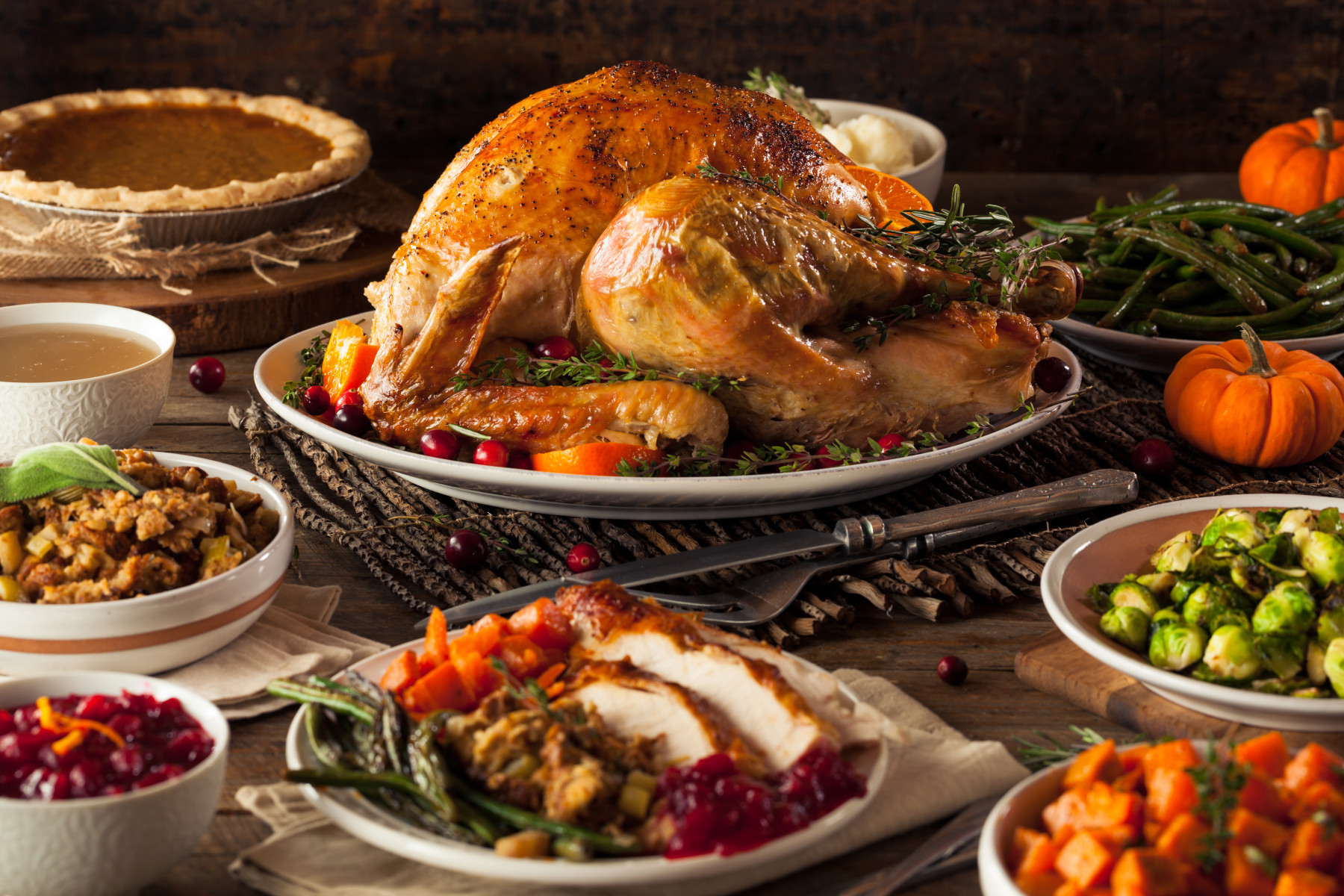
Thanksgiving meal photo
As dinner plates get filled this holiday season, it’s important to decide what to, and what not to add to your meal.
Health experts say moderation is key.
“Make sure you choose a little bit of everything you want and savor those foods you enjoy. Don’t fill your plate with foods you don’t like to eat,” says OSF HealthCare registered dietitian Sara Umphfleet. “When referring to moderation, also think about alcohol. It’s typically one drink for women and two drinks for men is the definition of moderation. It’s important that if you’re going to have alcohol, to have a glass of water every time you have a drink, because alcohol can really dehydrate you.”
Surrounded by holiday staples like turkey, casseroles, stuffing and more, it’s an easy time to overeat and break any healthy eating habits. Umphfleet shares some ways you can combat this.
“If you know it’s going to be some time after breakfast before you have a Thanksgiving meal, I recommend people have a healthy snack,” Umphfleet says. “Something like yogurt or nuts and some fruit to go with it. Then you’re not overeating at your Thanksgiving meal.”
Umphfleet says healthy eating choices on Thanksgiving Day need to start in the morning.
“You have to have a balanced breakfast with protein and carbohydrates. This can be something like whole grain toast with peanut butter. Choose a hard-boiled egg or scrambled eggs and have some berries,” Umphfleet says. “We know people tend to overeat if they don’t have breakfast in the morning.”
While that relative you haven’t seen since last Thanksgiving might have whipped up that casserole dish you secretly dislike, Umphfleet says it’s important to only fill up your plate with foods you do like.
“I don’t necessarily focus on what we shouldn’t be eating, but what we should be eating. It’s good to survey your table before you sit down and eat. Take a look at what is on the table, especially if you’re doing a buffet, potluck style. Choose healthier options like extra vegetables, corn, peas and potatoes. Make sure you have appropriate portion sizes. Also fill your plate up with a meat product,” she says.
The battle for healthy eating doesn’t end at the conclusion of the Thanksgiving feast. Now you have a new problem on your hands, leftovers. And while you may usually use the eye and smell test for leftovers in the fridge, there are some important safety tips to keep in mind.
“It’s very important that leftovers should only be saved roughly three to four days. They need to be cooked to a minimum internal temperature of 165 degrees,” Umphfleet says. “One in 6 Americans each year get food borne illness or food poisoning according to the Centers for Disease Control and Prevention (CDC).”
The holidays are also a common time for kitchen fires. For Thanksgiving, you may be using the stove, microwave and oven simultaneously.
“With stovetop fires, you’ll want to take a lid and cover the fire and turn the stovetop off,” Umphfleet says. “It’s important that if you’re cooking things on the stove or in the oven, that you don’t leave them. You need to be attentive and stay nearby. Make sure you don’t have things out and about next to your stove such as potholders, oven mitts and wrappings. You need to move everything out of the way when you’re cooking. If you have something like an oven fire, you need to turn the oven off and keep the door closed. It’s the same with your microwaves, turn it off and keep the door closed until everything cools.”
